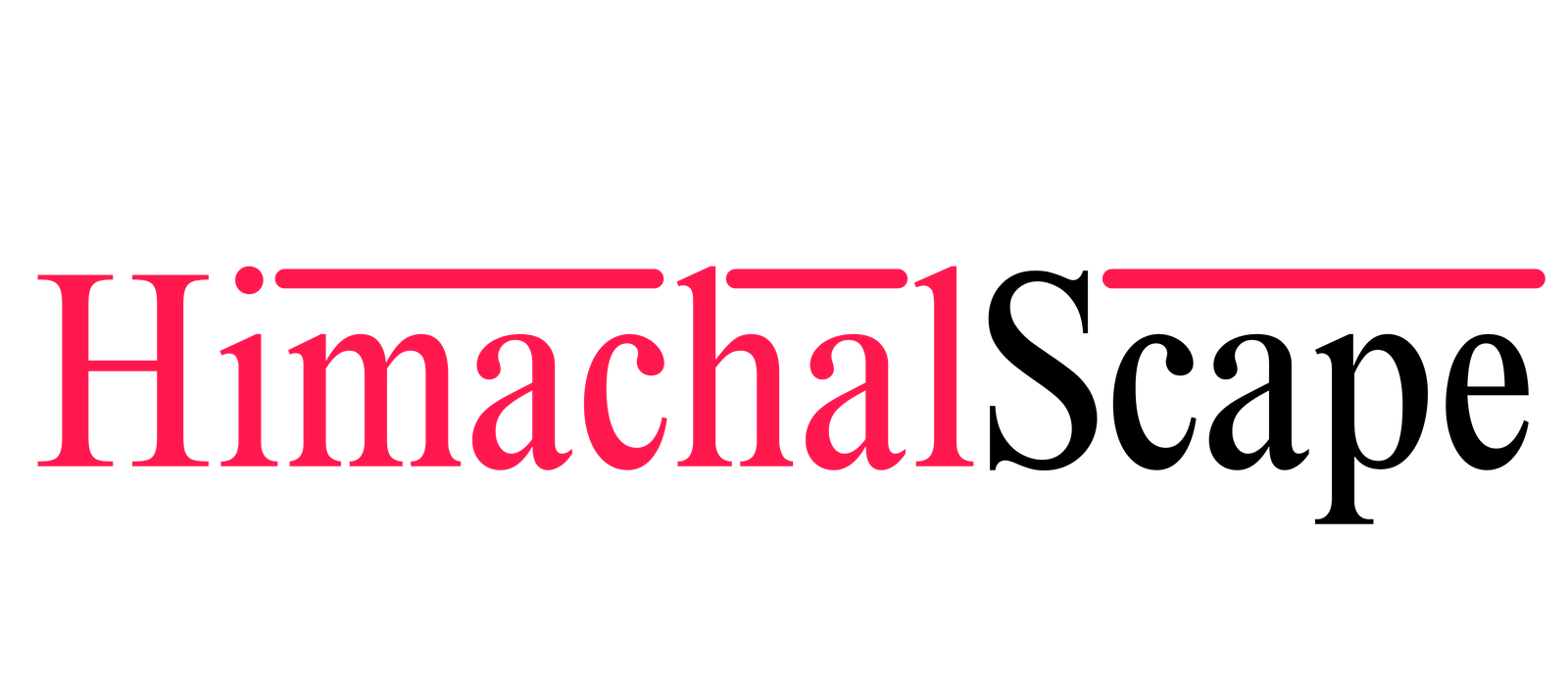Shimla’s traffic woes: Damming chaos, dripping solutions
Shimla, June 14
Shimla’s traffic troubles and its management have been compared to controlling water in a dam, as the number of vehicles entering the city is exceeding the capacity of the infrastructure. Since years, the administration and police have relied on quick-fix solutions, often experimenting with novel ideas that prove to be ineffective in the long run.
This time the Shimla’s traffic management system is drawing comparisons to the control of water in a dam, as traffic flows entering the city are being regulated in a similar manner. According to the Superintendent of Police (S.P.) of Shimla Sanjeev Gandhi, during peak hours, the city’s roads surpass their carrying capacity, leading to congestion and bottlenecks unable to handle the volume of traffic. The S.P. stated that factors such as vehicle breakdowns further exacerbate the situation, often resulting in traffic jams that can extend up to 7 kilometers.
Here it is pertinent to mention, these bottlenecks are not solely caused by vehicle breakdowns but also by frequent VVIP visits, unauthorized parking on both sides of the roads and the increasing number of redundant vehicles including HRTC and private vehicles.
To address this issue, the 1-minute traffic plan was devised by the authorities. Previously, Dr. Monica Bhatnagru, a former MBBS turned police officer, managed the traffic by strategically placing traffic police at bottlenecks. She was managing it like ‘coagulated veins’ by placing traffic police on the bottle necks.
Also read:Christmas/New year tourist season traffic mgmt. in Shimla – Shuttle service from Tutikandi for visitors without hotel booking: DC Shimla
The new S.P. explained that Dhalli and Victory Tunnel are crucial tri-junctions where traffic converges from three directions. However, due to the narrow width of the roads, these junctions become tight bottlenecks, posing significant challenges. The S.P. provided an example of the Victory Tunnel junction, stating that during peak hours, it can handle a maximum of 3800 to 4000 vehicles. However, when unregulated traffic from outside the city is allowed to enter, an additional 2500-3000 vehicles would flood the roads, leading to a total of 6000-6500 vehicles at the junction. This consistently resulted in traffic congestion within the city.
In the past, commuters had to endure waits of up to two and a half hours before reaching their destinations. However, since the implementation of the 1-minute traffic plan, the waiting time outside the city has been reduced to approximately 50 minutes, according to the S.P. The controlled flow of traffic into the city helps keep the traffic within the city moving smoothly, he claimed.
Here it is also worth mentioning that the city’s traffic plan has garnered mixed reactions in Shimla. Hoteliers have expressed appreciation for the plan, as traffic is no longer diverted solely in one direction, allowing walk-in tourists to reach city hotels.
On the other hand, locals have criticized the plan. Contrary to the S.P.’s assertion, a Shimla citizen named Somu Ray, a writer and PSU employee, stated on social media that the wait outside the city before entering is now around two and a half hours. Particularly, locals have experienced delays in reaching work due to the new plan. Every day social media seems to be loaded with criticism for this new traffic plan.
Although the implementation of the 1-minute traffic plan in Shimla has resulted in varying opinions among the city’s residents and visitors, the authorities may need to re-evaluate and make adjustments to ensure an effective and balanced traffic management system in the city.
Experts believe that moving a step beyond the make shift ‘One –minute plan’, several new approaches could be considered, such as monitoring traffic from smart control rooms, providing GPS warnings to bypass congested routes, and developing a new transport system that emphasizes public transportation over private vehicles.
Empower Independent Journalism – Join Us Today!
Dear Reader,
We’re committed to unbiased, in-depth journalism that uncovers truth and gives voice to the unheard. To sustain our mission, we need your help. Your contribution, no matter the size, fuels our research, reporting, and impact.
Stand with us in preserving independent journalism’s integrity and transparency. Support free press, diverse perspectives, and informed democracy.
Click [here] to join and be part of this vital endeavour.
Thank you for valuing independent journalism.
Warmly,
Vishal Sarin, Editor
